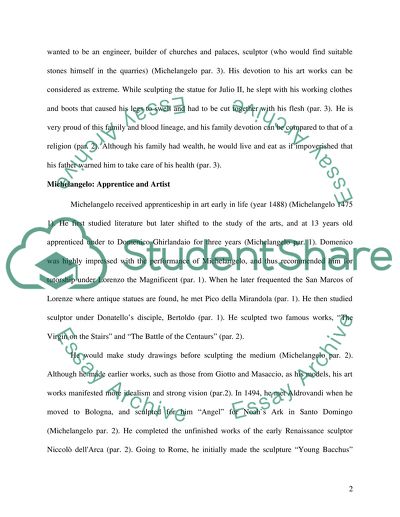Cite this document
(“Comparison and Contrast between Michelangelo and Picasso Term Paper”, n.d.)
Retrieved de https://studentshare.org/visual-arts-film-studies/1432487-comparison-and-contrast-between-michelangelo-and
Retrieved de https://studentshare.org/visual-arts-film-studies/1432487-comparison-and-contrast-between-michelangelo-and
(Comparison and Contrast Between Michelangelo and Picasso Term Paper)
https://studentshare.org/visual-arts-film-studies/1432487-comparison-and-contrast-between-michelangelo-and.
https://studentshare.org/visual-arts-film-studies/1432487-comparison-and-contrast-between-michelangelo-and.
“Comparison and Contrast Between Michelangelo and Picasso Term Paper”, n.d. https://studentshare.org/visual-arts-film-studies/1432487-comparison-and-contrast-between-michelangelo-and.


